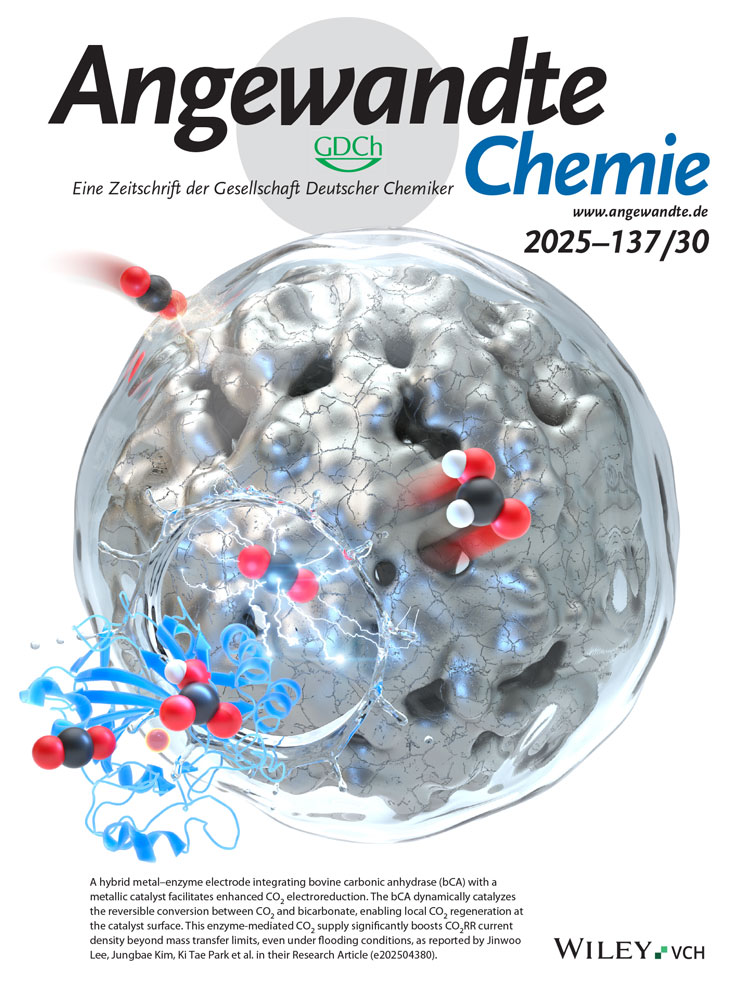A Complex Perovskite-Type Oxynitride: The First Photocatalyst for Water Splitting Operable at up to 600 nm†
This work was supported in part by the “Development of Environmental Technology using Nanotechnology” program of the Ministry of Education, Culture, Sports, Science and Technology (MEXT; Japan), postdoctoral fellowships for foreign researchers from the Japan Society for the Promotion of Science, the Artificial Photosynthesis Project of the Ministry of Economy, Trade and Industry (METI), a Grant-in-Aid for Scientific Research (C; 24560953), and a Grant-in-Aid for Specially Promoted Research (23000009). Parts of this work were conducted at the Green Network of Excellence (GRENE) and supported by the “Nanotechnology Platform” (12024046), both sponsored by MEXT (Japan). We thank the Material Analysis Station at NIMS for performing the ICP measurement and O/N analysis.
Abstract
One of the simplest methods for splitting water into H2 and O2 with solar energy entails the use of a particulate-type semiconductor photocatalyst. To harness solar energy efficiently, a new water-splitting photocatalyst that is active over a wider range of the visible spectrum has been developed. In particular, a complex perovskite-type oxynitride, LaMgxTa1−xO1+3xN2−3x (x≥1/3), can be employed for overall water splitting at wavelengths of up to 600 nm. Two effective strategies for overall water splitting were developed. The first entails the compositional fine-tuning of a photocatalyst to adjust the bandgap energy and position by forming a series of LaMgxTa1−xO1+3xN2−3x solid solutions. The second method is based on the surface coating of the photocatalyst with a layer of amorphous oxyhydroxide to control the surface redox reactions. By combining these two strategies, the degradation of the photocatalyst and the reverse reaction could be prevented, resulting in successful overall water splitting.




